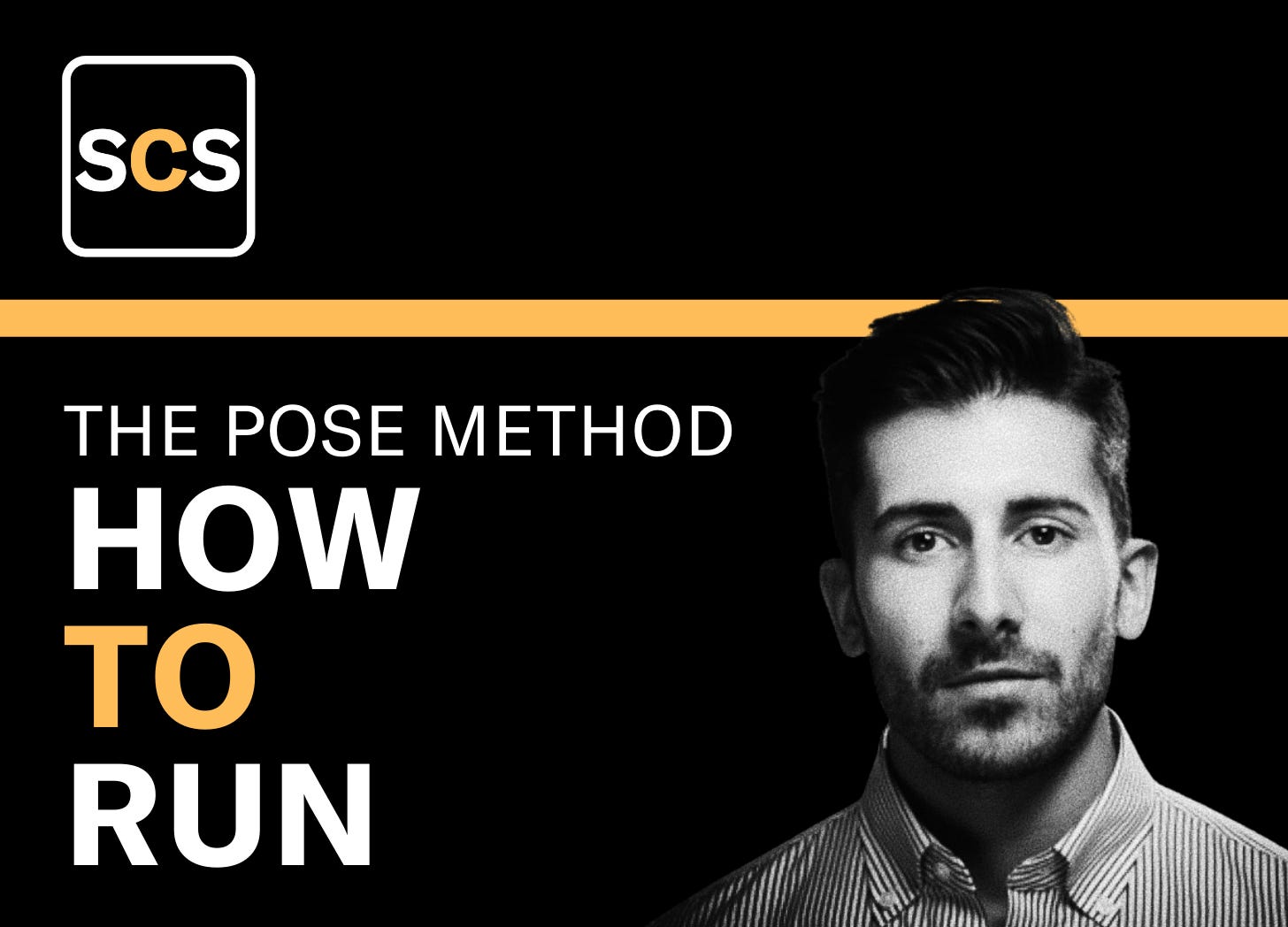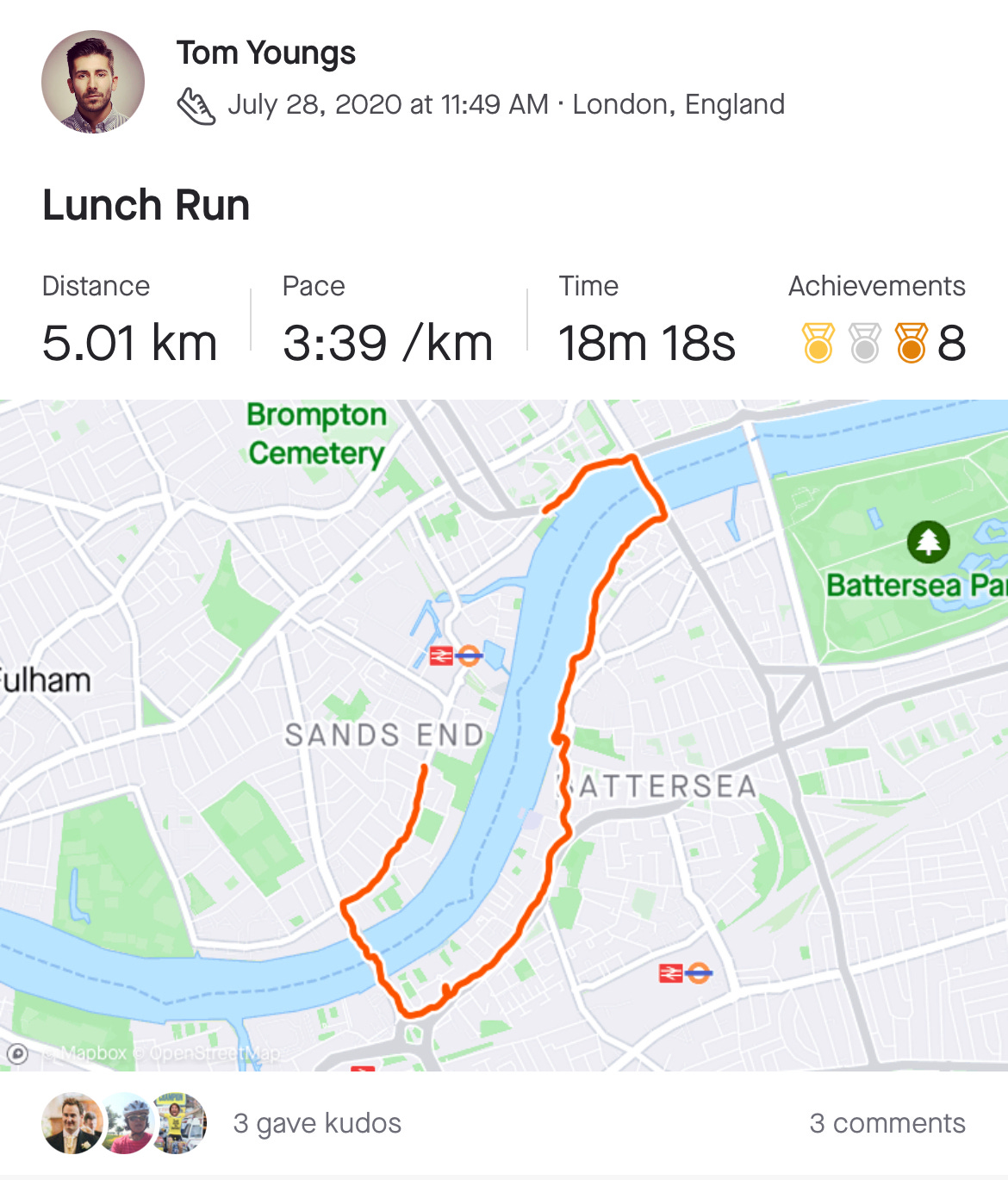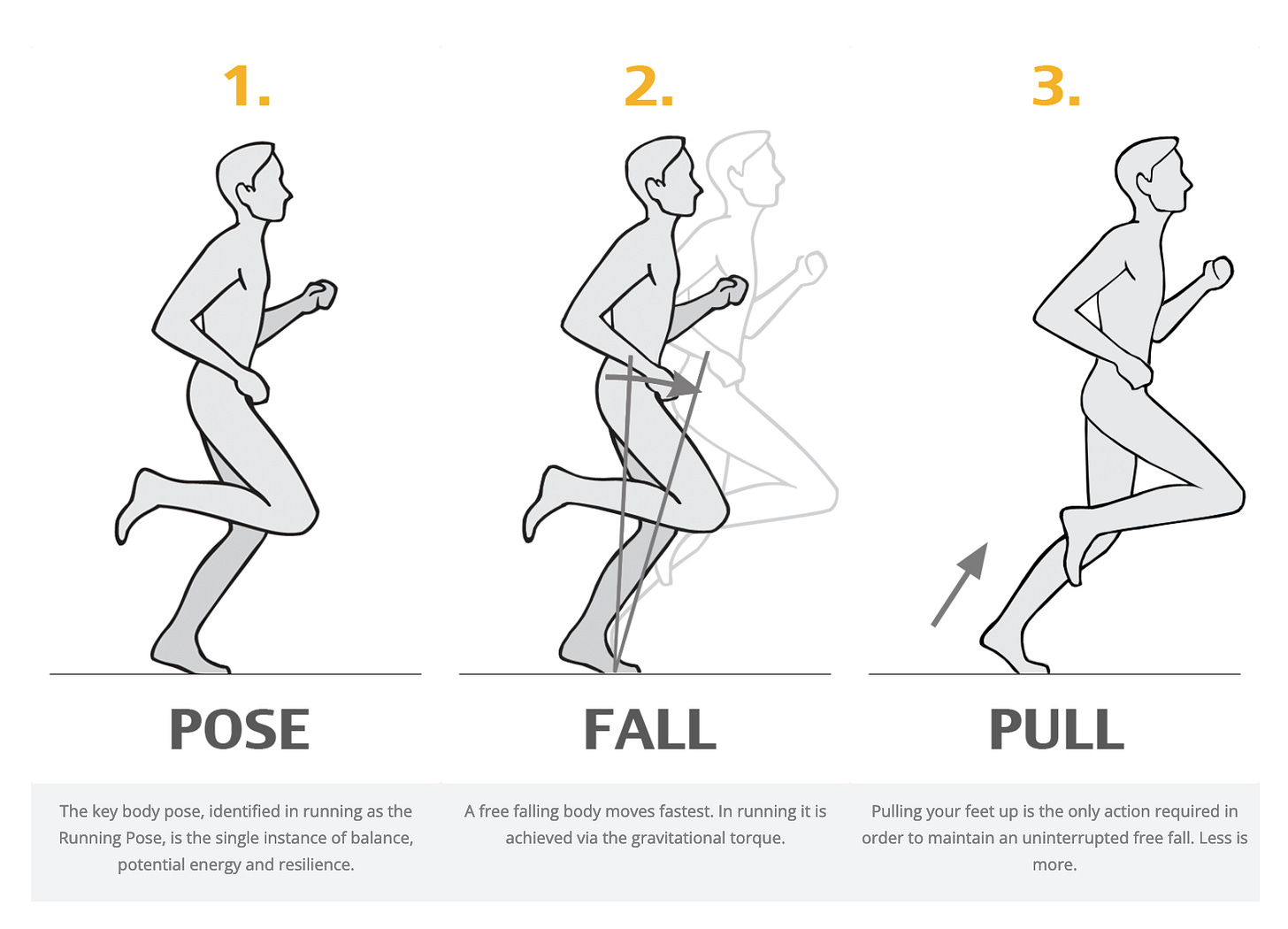How To Run (Because You Were Never Taught)
Learn the Secret to Effortless Running with the Pose Method
Want to run faster?
Run longer?
Never get injuries?
Well first, admit it…you have no idea how to actually run.
Neither did I until I was 22yo, and that’s only because I found out there was actual techniques to running.
Previous to that, like most people, I thought running was simple. You run.
Well, turns out that if you have that mindset you’re:
a) Running straight towards Injury Town
b) Jogging full speed to Pain Central Station
c) Sprinting up No-Personal Record Mountain
Currently in the UK during April, its marathon prep season.
Every weekend morning you’ll have thousands of runners peeling up and down the River Thames in the crisp spring sun getting in their final KMs before the big London Marathon Day.
Now I ain’t no Usain Bolt or Eliod Kipchoge, but I have racked up many miles into these feet over the years and apart from a calf strain and a couple of bouts of plantar fascitis, I’ve fortunately remained on the whole, injury free.
My preference is middle-distance running 5-15km. For physical performance and bodily aethestics, the shorter the better.
I’m still on the hunt to beat my 5k time from a few years ago:
For psychological fortitude, breathing practice and entering a meditative state, there is nothing better than long distance running at a low and slow pace.
However, there’s plenty of evidence out there that with hyper-long distance running (marathon to ultra-marathon distances) there is a significant drop off on the risk-to-benefit ratio.
Injury is almost unavoidable at long distances. The miles of training one must put into prep for marathon distances, for me doesn’t make sense.
There is also evidence that shows long distance exercise adversely (negatively) impacts your immune response (both short and long term), leaving you more open to viral and bacterial illnesses - sadly as someone that has never had the most robust immune response, again, another red tick for long distance running for me.
When I ran the Stockholm Marathon, I felt like I had trained pretty well for it; I was injury and illness free, yet I did not feel fit, athletic or strong.
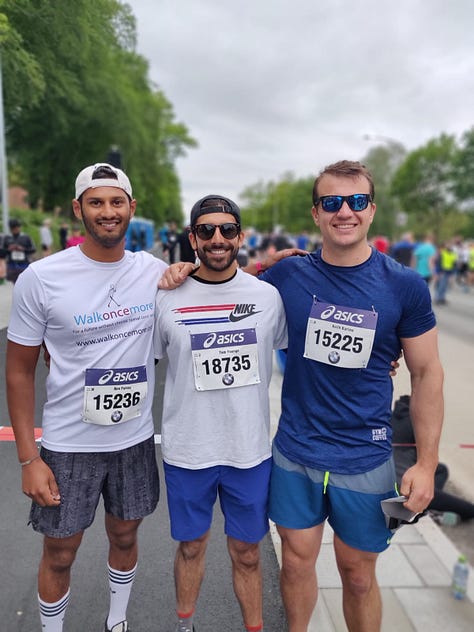
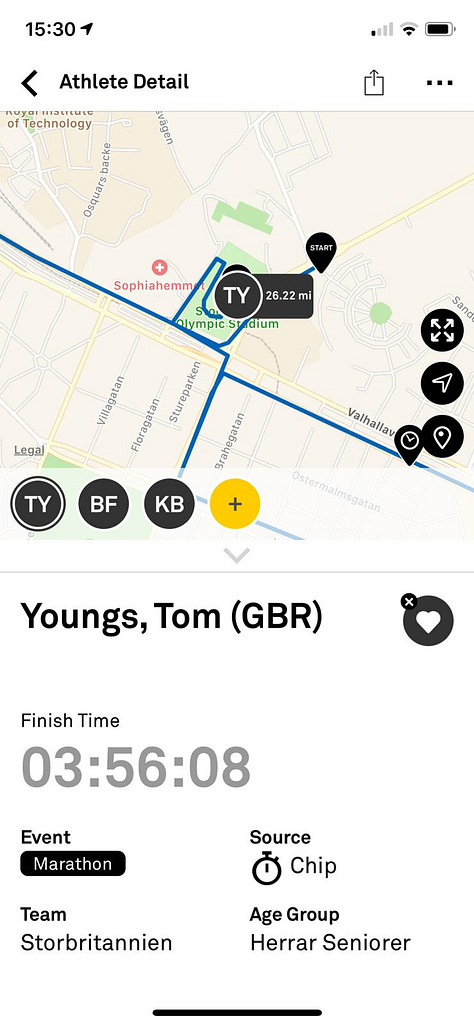

I could just keep running, pretty slowly, for a few hours.
So personally, the risk of injury and the fact I felt like a pretty meagre version of myself, despite being “well conditioned” for a marathon, means when it comes to running, I’m a short to middle-distance lover.
Now does that mean I will never run a super long distance again?
Hell no.
An iron man (2.5m swim, 112m bike, 26.2m run) is something I want to test myself with.
But what my years of running have taught me, is that ESPECIALLY over long distances, your running technique will be the determining factor in how much pain you’ll experience, how fast or slow you complete your race in, and how much you can stave away injury.
So, “how the fuck is one supposed to run?”, I hear you say in your head.
In 2011 when I was living in Plymouth and halfway through my dentistry degree, I got into 3 physical endeavours; Crossfit, bodybuilding (the Matt Ogus days) and running.
In my effort to improve my abilities in all of those, I spent a lot of time learning shit via YouTube.
It was actually through the OG Holy Trinity of Crossfit movement coaches, Kelly Starrett (aka The Supple Leopard), Carl Paoli (aka the Pocket Rocket Gymnast) and Brian Mackenzie (aka BMac, the Breathing/Distance Yoda) that I stumbled upon “The Pose Method” - a method of running first developed by a former Soviet sports scientist, Dr. Nicholas Romanov.
This was the first video I saw from Carl Paoli talking about Pose Running.
A few years later, I got to visit the iconic San Francisco Crossfit location for a couple of drop-in sessions and met both Kelly and Carl!
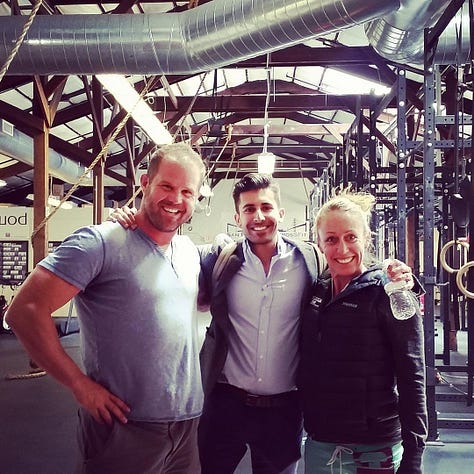


So, what is the ‘Pose Method’?
The Pose Method is a 3 stage systematic process for gaining the most efficient and safe running technique.
The key concepts of the Pose Method that may make this different to how you have run previously are based on two factors:
a) Using gravity to help with forward momentum
b) Landing on the balls of your feet to insure maximum efficiency and minimise injury risk
These are the 3 stages of the process:
Pose
Fall
Pull
The Running Pose is a whole body pose, which vertically aligns shoulders, hips and ankles with the support leg, while standing on the ball of the foot (No. 1 - Pose in the below diagram).
This creates an S-like shape of the body. The runner then changes the pose from one leg to the other by falling forward and allowing gravity to do the work (No. 2 - Fall)
The support foot is pulled from the ground to allow the body to fall forward, while the other foot drops down freely, in a change of support (No. 3 - Pull)
This creates forward movement, with the least cost (energy use), and the least effort.
The end result is faster race times, freer running and no more injuries!
Sounds good right?!
This simple sequence of movements: the fall and the pull, while staying in the pose, is the essence of running technique.
Now instead of me just writing about this shit - I thought it would be better to just compile some of the best free video resources for you to watch yourself.
Video Resources (12mins total)
First up, here is The Pose Method in 3mins summarised by the folks themselves.
Drill 1: Practicing the Pose
Drill 2: Lean and Pull with Brian Mackenzie
Tom’s Top Tips
(aka I fucked up the hard way so you don’t have to!)
As the title suggests, you can screw this up.
I know; because I did….and I got injured.
1. Heel Kiss
The super common assumption - and you will now notice this when out running watching other people’s running technique - is that you shouldn’t let your heel touch the ground.
This is WRONG.
Your heel MUST touch the ground.
The key is that you must land on the balls of your feet, but allow your heel to lightly kiss the ground.
This allows you to fully tap into the stretch-reflex of your calf muscles.
If you don’t allow your heel to fully kiss the ground, your calf ends up doing all the work, instead of transferring the energy from the ground into your entire leg.
So, when you are running, make sure to visualise you heel kissing the ground after the balls of your feet have touched down.
If you do that, No. 2 top tip will be slightly less important!
2. Start short…..very very short.
Your calves will suffer.
So you need to start slow and build up distance - aim for about 10% running volume increase (distance x time) per week.
Start off with short distances like 100-400m intervals to really focus on your positioning - use the drills above.
Hey presto!
Now you can enjoy running, faster, longer and with less pain!
If you enjoyed this, please do consider sharing this to help others out as well!
Remember, aim up!
Tom (Happy Easter for those that celebrate!)





